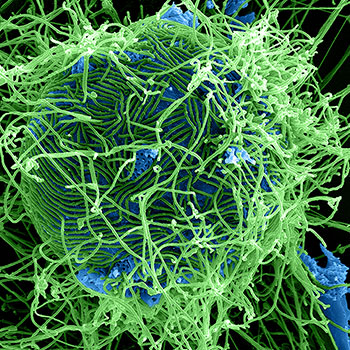How does a spectrophotometer work?
1 Answer
A spectrophotometer works by shining light of a specific wavelength through a liquid sample.
Explanation:
A spectrophotometer is essentially a very simple piece of equipment in that it consists of a light source, a monochromator (this selects the correct wavelength of light), a sample holder, and a detector.
The wavelength is set to a specific value for the compound being measured. This wavelength is determined by the maximum absorbance of that compound.
The graph below shows the absorption spectra for Nicotinamide adenine dinucleotide (NAD).
At 260 nm both oxidised (NAD+) and reduced (NADH) absorb the light. However, at 340 nm only the reduced NADH wil absorb. This means that in a reaction that is producing NADH you could record the rate of the reaction by measuring the appearance of NADH at 340 nm. However, if you carried out the measurement at 260 nm you may see no or very little change because as the absorbance due NAD+ would decreases as it is converted to NADH, and the absorbance due to NADH would increase.
Here is a video showing an experiment to determine the concentration of an unknown sample of iron (III) chloride.
Referencse
- Image from Spectrophotometry course


